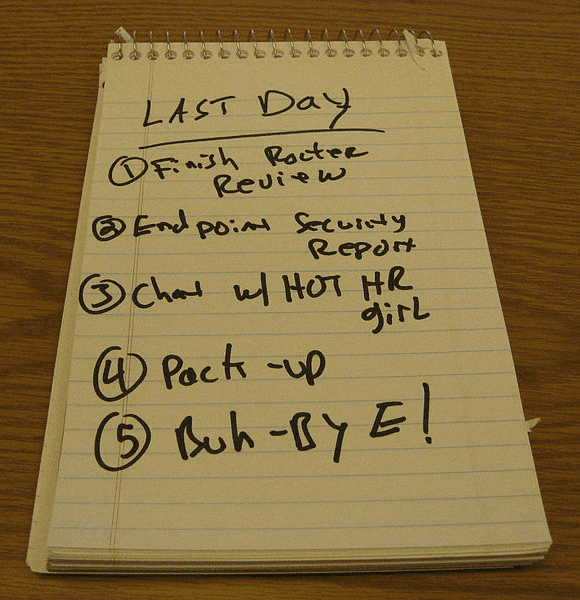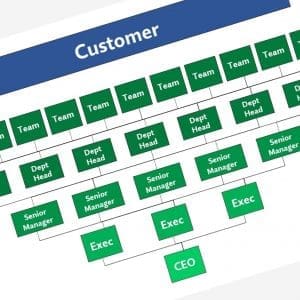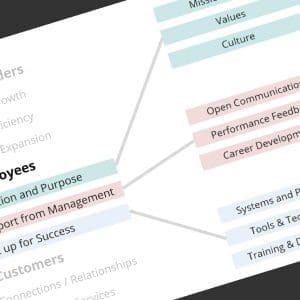
I’ve noticed a definite trend in the “best practices” wing of the Productivity building; it goes by many names and takes on a few different forms, but the idea is rooted in a few simple concepts:
- Focus on the Critical Few: Multitasking does not work – plan for doing three things per day, and allocate your time accordingly
- Done is Better than Perfect: Learn to recognize “good enough”, perfection is the enemy of progress.
- Ignore Details Early On: Get a skeleton out there to start – leverage iterations
I’ve been incorporating a lot of this style of thinking into my professional and personal life, and I am definitely seeing results. However, sometimes I listen to folks that are really dedicated to these ideas, and I think some want to take things a bit too far. “Done” doesn’t necessarily mean “complete” – read the Done manifesto, which calls out important ideas like the power of iteration and the idea that failure counts as done.
I also think these ideas can get oversimplified to the point where getting things “done” becomes a form of robbing Peter to pay Paul – trading future time and productivity for short term check-offs on the punch list at hand. The most impressive and valuable completed work results in something that is sustainable. This process should get easier each time I do it, more people can be cross-trained, and the organization is not dependent on a critical few people.
How can we bridge the gap between Raw Productivity (getting things done as fast as possible) to Sustainable Results (delivering the same fast results with more people, less effort, and lower cost, reliably and repeatably, over time)? Here are four important ideas to keep in mind …
- Standard Work: Strive to do tasks in the same way, every time. If the process is standardized across multiple people / groups / locations, it’s easier to find someone who can get the thing done. With predictable results.
- Documentation: The best way to enable Standard Work is to document the process – so you don’t have to rely on word-of-mouth to relay the process each time (which is a very lossy process, anyway). And – the easiest way to spread the knowledge across multiple locations, multiple timezones? Yup – write it up in the corporate wiki – it’s instantaneously global.
- Templates: These as simply manifestations of the Standard Work principle for office documents. A key skill is to learn about true templates – don’t find a previous version of the document and copy / rename it – learn about creating, using, and maintaining templates so that each standard document gets smarter, better, and is completed in less time.
- Automation: Everybody understands that computer programs can automate repetitive tasks – but few realize how easy it is to use basic tools like VBA in MS Office for process automation. Excel may be the blunt instrument that “power users” like to use – but ask them how much VBA they’ve written. It’s actually an amazingly powerful programming platform.
To apply these ideas, you need to invest some time – looking for the Standard Work before you reinvent another wheel, completing the process Documentation, learning how to build and use Templates, and learning how Automate things. Yes, this will add some time, may reduce your productivity – in the short term. On the other hand, leveraging these tools will reduce duplicate work – and free up your key resources (time and people) for more value-creation.






This Post Has 0 Comments